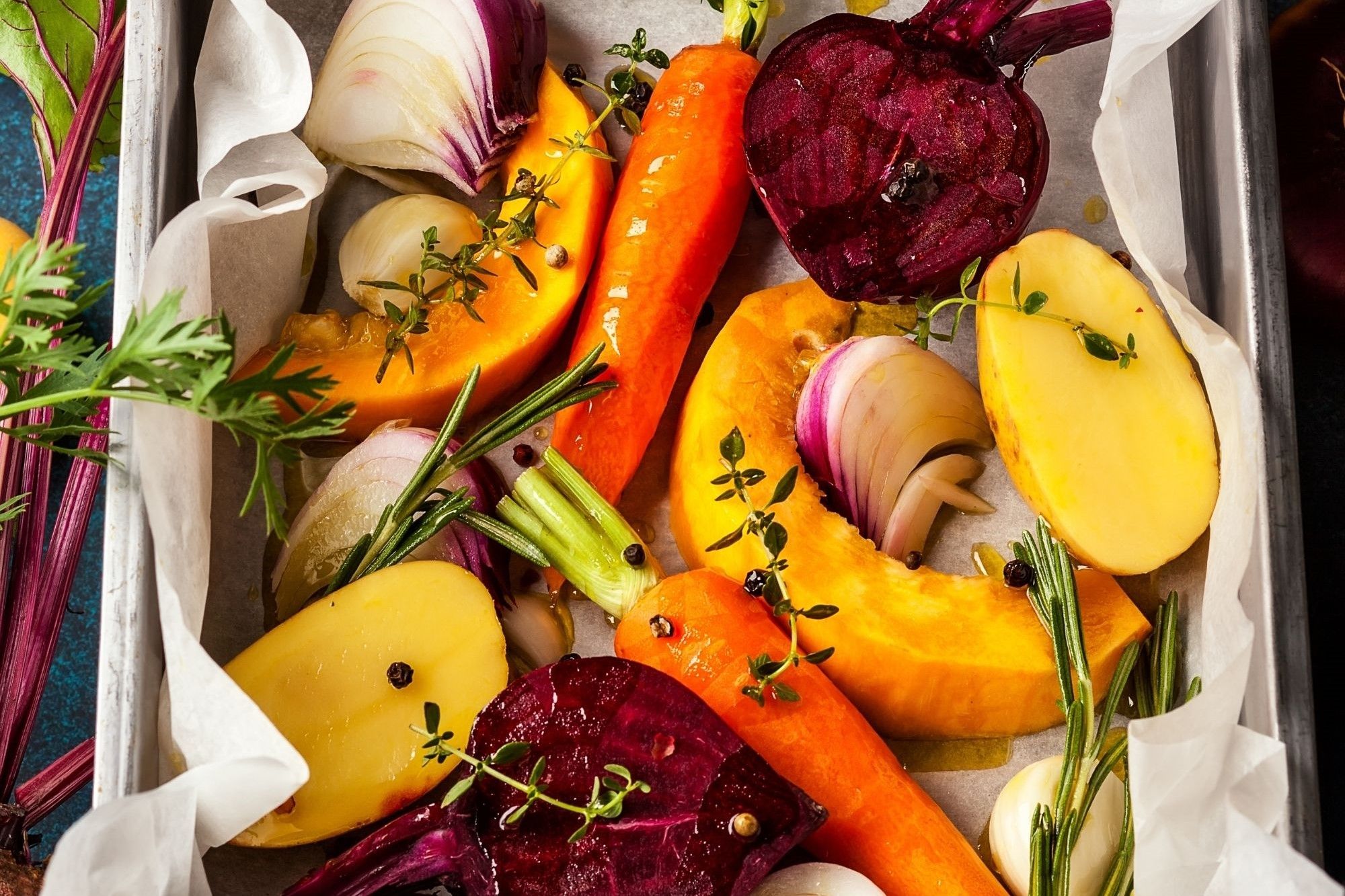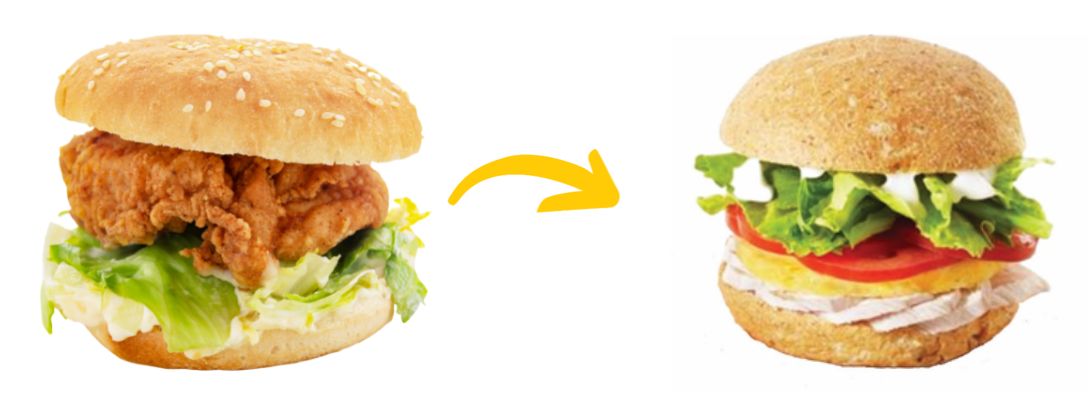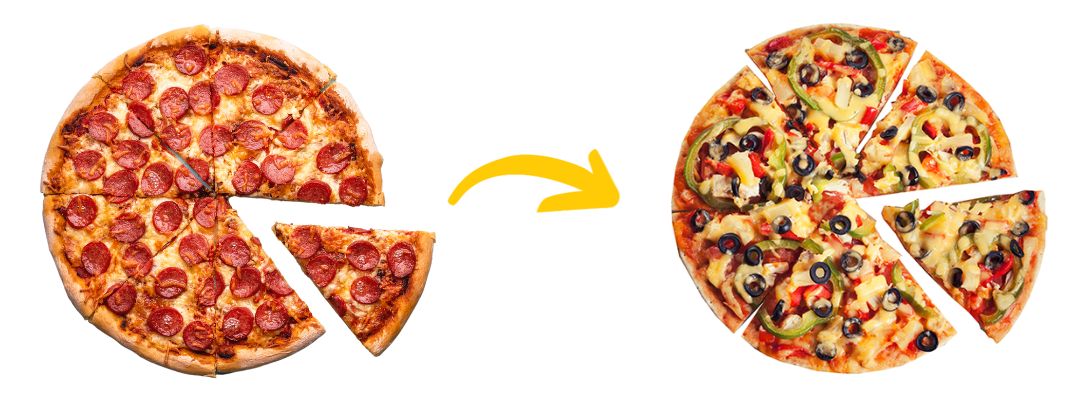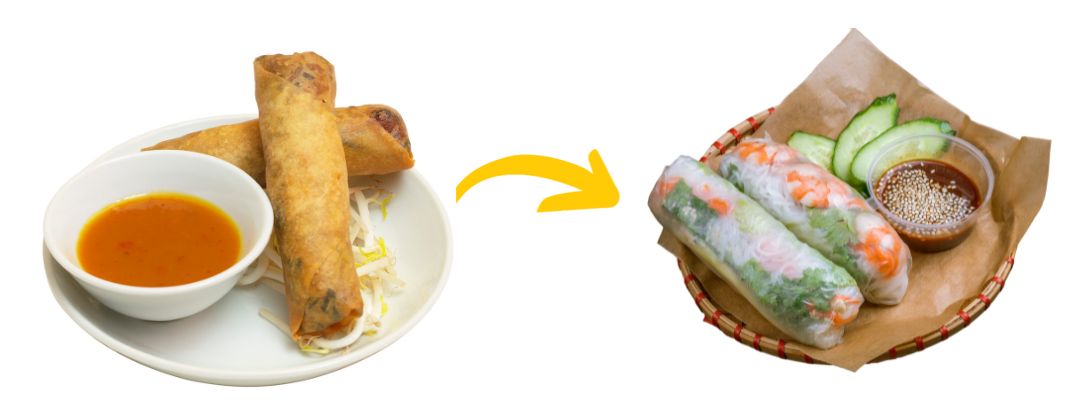Healthy swaps when eating out
Whether take-away, dine-in, or delivery, restaurant meals are often high in sugar, saturated fat and salt.
Food outlets typically serve up more-than-a-meal sized portions, and include high-kilojoule drink options that are bad for our health. Try some of the tips below to make healthier choices and enjoy eating out.
Prepare
Before heading out, have a healthy snack and a glass of water so you aren’t starving when choosing your meal. This will help reduce over-ordering and over-spending.
Hydrate
Sugary drinks and alcohol have lots of extra kilojoules that don’t fill us up and that we don’t compensate for by eating less. Opt for still or sparkling water instead, or try a stepped down approach by alternating your usual drink with water. Tea or coffee without added sugar are also a great option!

Reduce
Even if you grew up being told to eat everything on your plate, be OK with leaving food uneaten to avoid becoming stuffed and uncomfortable. If you don’t want to waste food, choose one or two entrées instead of a main to reduce your portion size. Many restaurants will let you take your leftovers home, too.
Switch
Choose foods that are grilled, roasted, steamed or baked, especially when it comes to vegies and meat. Battered and deep-fried foods are much higher in saturated fat and kilojoules than foods not cooked in day-old oil. How does this look in practice? Go for chilli mussels over salt-and-pepper squid, grilled chicken instead of fried, and roast vegies or salad over chips.

Add
Depending on the cuisine, vegies can be pretty scarce in a restaurant meal. Get a vegie side dish to add some colour and help you fill up. Think garlicky green beans, Asian greens in oyster sauce, garden salad, grilled corn or a vegie-based curry.

Request
Sauces and dressings can be very high in fat and salt, and can turn even healthy lunches and dinners into junk food. Don’t be fooled by the Caesar salad! It’s a few leaves of lettuce with lashings of mayo, bacon and fried bread. Choose herbs and spices, olive oil based dressings, and tomato or pesto based sauces instead of creamy dishes when eating out or when making meals at home.
Share
Lots of restaurants serve food “family-style” or “share-plate” style. The benefit of this is that you get to try a lot of different foods and have a lovely communal experience. It can also be easier to listen to your hunger cues when you’re actively putting food on your plate (rather than eating what’s in front of you). Sharing a dessert is a great way to finish a meal if you’re already full but hankering for a little something sweet.

Relax
Meal-times aren’t a race and eating too fast can stop you enjoying the social aspect of dining out with family and friends. It also takes around 20 minutes for your brain to register that your stomach is full, so eating slowly can reduce over-eating and discomfort by helping you get in touch with your hunger levels.
Healthier take-away lunch options





